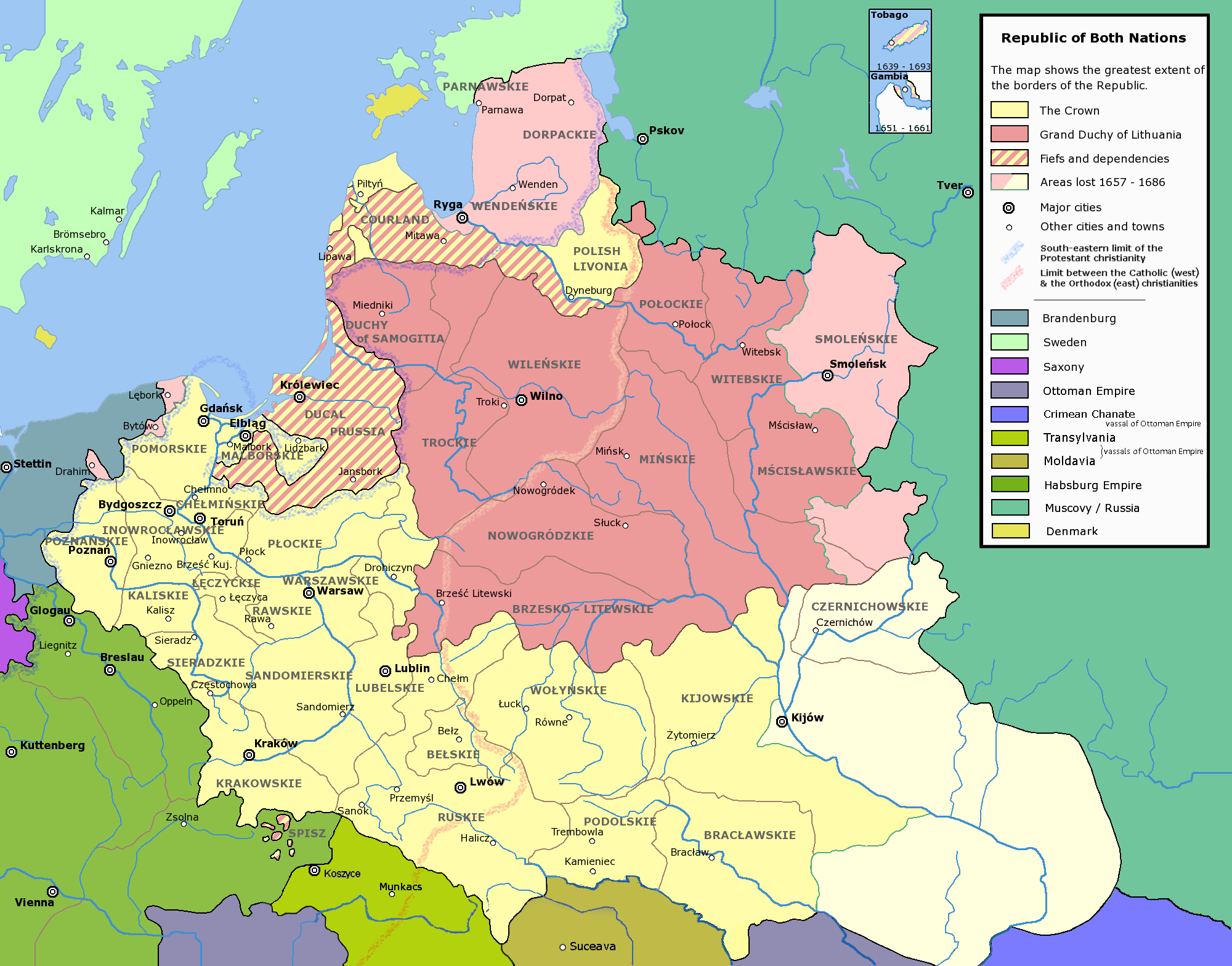A true responsum, the answer that a rabbi writes to a query posed by another rabbi, is the basic unit of rabbinic authority. It orders the two correspondents hierarchically; the one asking acknowledges the greater expertise of the one answering, thereby expanding the latter’s influence. Moreover, because the hierarchy is, as Jacob Katz wrote, “unofficial” and “spontaneous,” emerging implicitly from the deference of the secondary and tertiary elite, it can tell us more about the dynamics of influence, reputation, and expertise than many other forms of legal authority.
Words like “authority” and “influence” are used, in this context, in contradistinction to “power.” If a rabbi was heeded, certainly by a distant correspondent, it was because the interlocutor voluntarily submitted to the rabbi’s decision. Aside from certain limited local powers, largely dependent on the approval of the lay leadership, there was no mechanism by which a rabbi could enforce his decisions. As Salo Baron wrote, this places rabbis in the “awkward position of theoretical supremacy and actual inferiority.”
On the other hand, since rabbinic authority is not dependent on enforcement, it can cross borders without encroaching on the sovereignty of any state. This does not mean that there are no borders or boundaries; there often are. However, the boundaries of cultural territories are sometimes more pronounced and significant than political borders. For instance, the old frontier between the Kingdom of Poland and the Duchy of Lithuania was still significant in the early 20th century – more significant, perhaps, than the border between the Austro-Hungarian Empire and Russia or Romania.


These insights lie at the heart of HaMapah and its objectives. The “metadata” of responsa – When they were written, to whom, by whom, to where, etc. – can be quantified, plotted on a map, and visualized in different ways – akin to the “Mapping the Republic of Letters” project at Stanford. Given enough data, we can examine the effects of national and cultural borders on the spread of rabbinic authority; the effects of transportation and communication systems and technologies; we could compare the “reach” of halakhists who lived near one another, either at the same time or in succession; we could look at the dynamics of succession, when one authority passed away and another took his place; we could precisely plot out the growth of rabbi’s authority – whether it spreads gradually or abruptly, in all directions or in particular directions. There are new questions that did not even dawn on us until we started looking at the graphic representations, the maps and charts.
Eventually we want to get into some even deeper stuff, like the sources quoted by responsa in different ways (as support, to disagree; by name and anonymously; rabbinic sources and non-rabbinic, halakhic and non-halakhic, and so forth). We’d also like to map other corpora, like approbations and subscriber lists (“prenumeranten”). We’re on the cusp of something new, big, and exciting.
Initially, we are going to focus on the “long” 19th century – roughly from the First Partition of Poland in 1772 through the First World War. The first responsa we analyzed and mapped are those of Rabbi Shalom Mordechai Schwadron of Berezhany (Maharsham, 1835-1911), a leading Galician halakhist in the generation prior to World War I – that is, when Galicia was still part of the Habsburg Empire, before it was integrated into the reconstituted Poland after the war.
So without further ado, here is a heat map of “Maharsham Land”.
Each shaded region is a province that existed in 1900. The thick black lines are international boundaries. The darkest region is Galicia itself.
Here’s another visualization of the data.
Each dot is a community to which Maharsham addressed a responsum; the larger the dot, the more responsa he addressed to the community (you can open the map separately too).
These maps tell us a great deal, but before we get to that, we’d love to hear from readers about what leaps out at them, what grabs their attention. We will share some of our own insights in the next post. We hope to post fairly regularly, so follow us here and on Facebook.

Very useful for my research